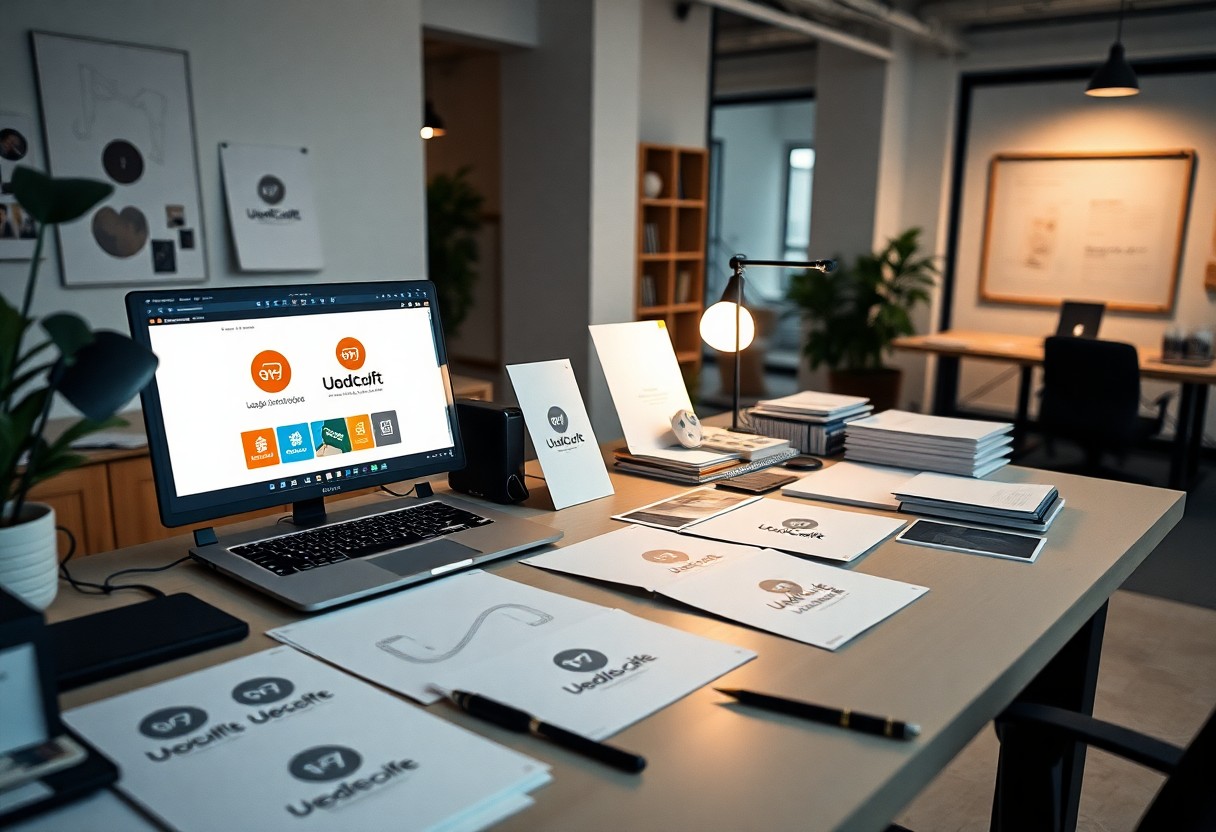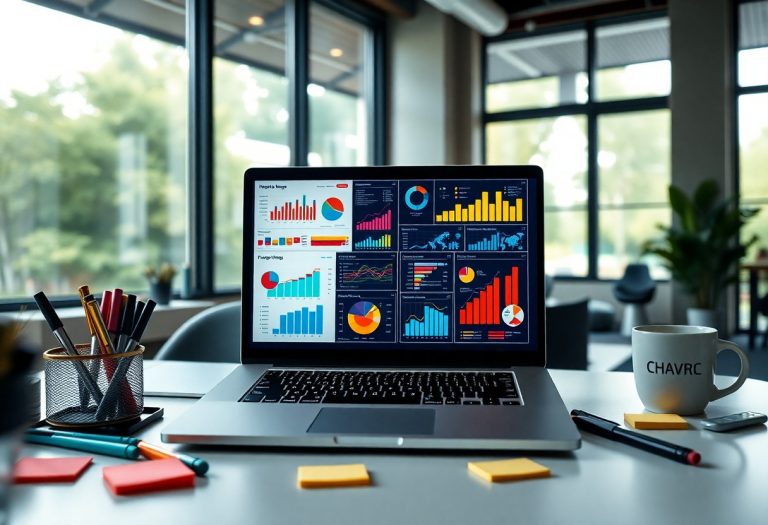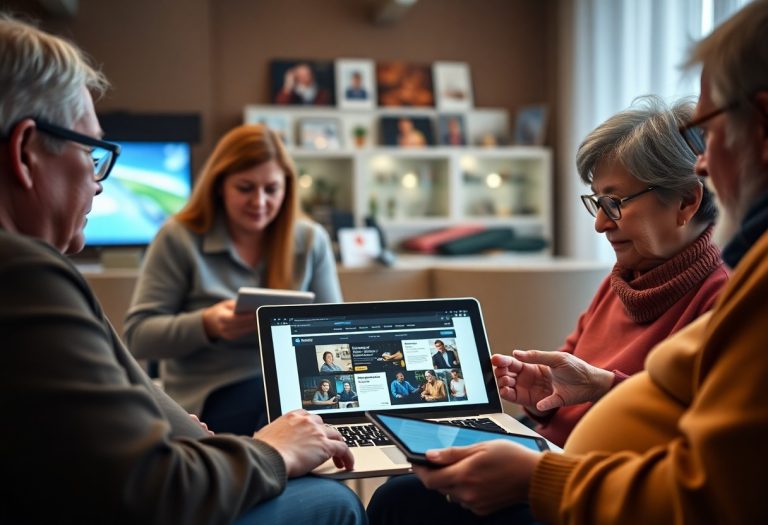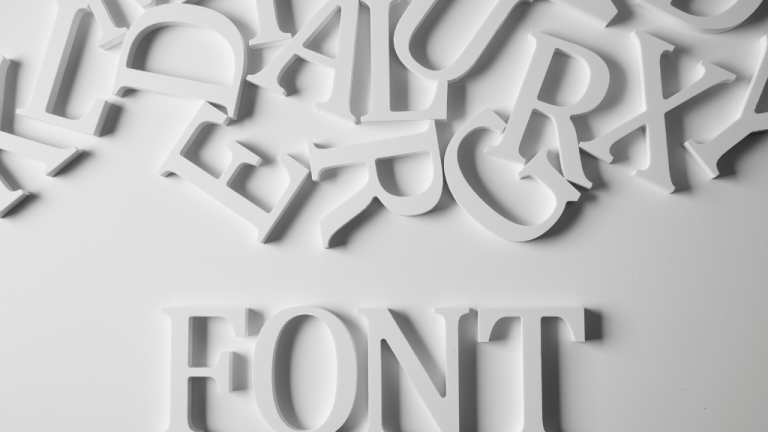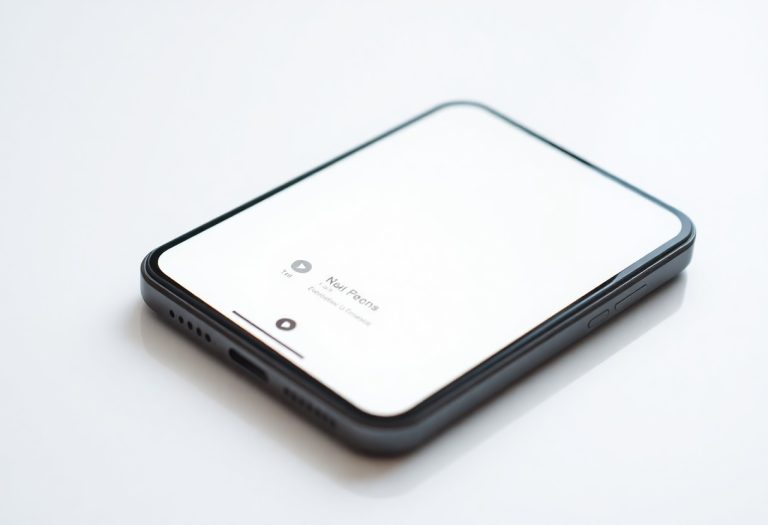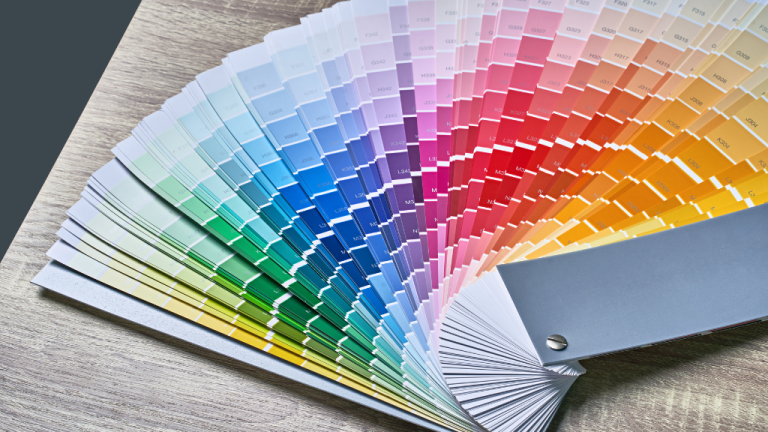Small Business, Big Brand – Affordable Logo Design That Works
Small businesses often struggle with branding due to budget constraints, yet a compelling logo is necessary for establishing your identity in the marketplace. Effective logo design doesn’t have to break the bank; with the right approach, you can create a memorable brand image that resonates with your audience. This post will guide you through affordable logo design options, empowering you to make informed choices that elevate your brand without overspending.
Understanding Brand Identity
Your brand identity is the reflection of your business’s personality and values, encompassing everything from your logo to your corporate colors. It shapes how customers perceive you and establishes an emotional connection, influencing their loyalty and trust. When effectively communicated, brand identity differentiates you in a crowded marketplace, ensuring your audience recognizes and resonates with your brand.
Importance of Logo in Branding
A logo serves as the visual anchor for your brand, making an immediate impact on potential customers. It’s often the first interaction consumers have with your business, and a well-designed logo fosters recognition and builds trust. Your logo encapsulates your brand’s essence, making it an indispensable part of your overall branding strategy.
Elements of Effective Logo Design
Effective logo design hinges on simplicity, versatility, relevance, and memorability. A successful logo must be easily recognizable and convey the right message about your brand, ensuring it resonates with your target audience. Consider well-known brands like Nike or Apple, which rely on minimalist designs to leave a lasting impression while conveying strong brand identities. For a logo to be effective, it should balance creativity with practicality. Think about color psychology—specific colors evoke emotions and can influence buying decisions. Additionally, ensure your logo is adaptable across various mediums, from business cards to billboards. Timelessness is also key; you want a logo that withstands trends and remains relevant over time. Investing effort into these elements not only enhances brand recognition but also fortifies your business’s reputation in the marketplace.
Affordable Logo Design Options
In the context of affordable logo design options, you have numerous paths that can align with your budget. DIY tools offer a cost-effective solution, while freelancers can provide professional expertise at various price points. Design agencies might deliver premium work but often come with higher costs. Knowing what fits into your budget will help you strike the right balance between quality and affordability.
DIY Logo Design Tools
DIY logo design tools like Canva, Looka, and Hatchful allow you to create a unique logo without a hefty price tag. These platforms provide templates, icons, and fonts, enabling you to easily customize your logo to fit your brand’s identity. This route is perfect if you have a clear vision and want to control every aspect of the design process.
Hiring Freelancers vs. Design Agencies
Deciding between freelancers and design agencies depends on your needs and budget. Freelancers can offer lower rates and more flexible timelines, while agencies generally provide a more comprehensive service with a team of specialists. If you require a catchy brand strategy along with a logo, an agency might be a more effective choice, despite the higher cost.
Freelancers often present a diverse portfolio, allowing you to select a designer whose style matches your vision. Rates can vary dramatically; for example, a freelance designer might charge anywhere from $50 to $500 for a logo, whereas design agencies typically start at $1,000. Assess what type of relationship you want with your designer—if you prefer one-on-one collaboration, a freelancer is often ideal, while agencies might suit more complex projects requiring varied expertise. Always review past work to ensure quality, regardless of the option you choose.
Key Features of a Successful Logo
A successful logo effectively represents your brand and resonates with your audience. It should encapsulate the essence of your business while remaining memorable and recognizable. Key features to consider include:
- Originality and uniqueness
- Simplicity and versatility
- Memorability
- Scalability
- Color psychology
- Timelessness
Perceiving these aspects will enhance your brand identity and ensure longevity in a competitive market.
Simplicity and Versatility
A simple logo makes a strong impression and is easier for people to recognize and remember. Versatile logos function across various media and sizes, from business cards to billboards. For instance, consider the iconic Nike swoosh; its straightforward design allows it to adapt effortlessly to different contexts while maintaining strong brand recognition.
Relevance to the Target Audience
Your logo must resonate with your target audience, reflecting their preferences, values, and lifestyle. A well-designed logo communicates directly to potential customers, creating an immediate connection. Consider a fitness brand; a logo featuring energetic colors and dynamic shapes can convey motivation and activity, appealing directly to health-conscious consumers.
Understanding your audience’s demographics and psychographics is necessary. If your brand caters to a younger crowd, modern typography and bold colors are often more appealing. Conversely, a logo aimed at a luxury market may benefit from elegance and sophistication. By aligning your logo design with your target audience, you enhance its effectiveness and establish a stronger emotional connection, ultimately driving engagement and loyalty.
Case Studies of Small Businesses
Evaluating how small businesses successfully implemented logo designs provides valuable insights into what works. These case studies highlight brands that transformed their image and achieved measurable success. From local cafes to online retailers, the right logo design can significantly impact brand perception and growth.
- Local Coffee Shop: Increased foot traffic by 40% within 3 months after a logo redesign.
- Handmade Jewelry Brand: Achieved a 25% boost in online sales and a 50% increase in social media engagement.
- Freelance Digital Agency: Improved client acquisition rate by 30% after updating their brand identity.
- Fitness Studio: Saw membership growth of 35% post-rebranding with a modern logo and cohesive branding strategy.
- Local Restaurant: Enhanced customer retention by 20% through a refreshed logo that better reflected their offerings.
Transformative Designs
Your logo is often the first interaction customers have with your brand. Transformative designs can significantly change perceptions. For instance, the fitness studio revamped its logo with a bold and energetic aesthetic, which directly resonated with its target audience, leading to increased enrollment and community interest.
Brand Recognition and Growth
The power of an effective logo extends beyond aesthetics; it fosters brand recognition and drives growth. A clear, professional logo creates an immediate association in customers’ minds, enhancing recall. By aligning your logo with your brand values, customers are more likely to choose your business over competitors.
For example, the handmade jewelry brand noted that a cohesive logo design coupled with consistent branding across platforms led to a 50% increase in social media followers and a direct surge in traffic to their online store. Clear visuals foster a sense of trust and loyalty, making customers feel more connected to your business. These statistics underscore the significant impact that a well-designed logo can have on overall brand health and marketplace success.
Common Mistakes to Avoid
Avoiding common pitfalls in logo design can significantly enhance your brand’s effectiveness. Many small businesses stumble due to a lack of clarity in their vision, resulting in designs that fail to resonate with their target audience. Understanding and addressing these mistakes will streamline your design process and elevate your brand identity.
Overcomplicating the Design
Simplicity is key. Overcomplicating your logo with intricate details can confuse potential customers and dilute your message. A cluttered design may be visually overwhelming, making it difficult for others to recognize or remember your brand. Aim for a clean and straightforward aesthetic that captures your essence at a glance.
Ignoring User Feedback
Neglecting user feedback can derail your logo’s effectiveness. Engaging with your audience allows you to refine your design based on their preferences and insights. Keep in mind, your logo is a representation of your brand, so listener input is invaluable.
When you gather user feedback, look for specific themes or recurrent issues that may arise. For instance, a logo that seemed appealing to you might not resonate with customers if they find it hard to read or relate to. Utilize surveys or focus groups to collect opinions, and iterate on your design accordingly. This approach can refine your brand’s identity and foster a connection with your target audience, ultimately enhancing brand loyalty and recognition.
Tips for Working with Designers
To get the most out of your collaboration with designers, adhere to these guidelines:
- Be clear about your brand identity and values.
- Provide examples of logos you admire.
- Encourage open feedback and brainstorming sessions.
- Establish a primary point of contact for communication.
Knowing these tips can significantly enhance the outcome of your logo project.
Clear Communication of Vision
Articulating your vision is paramount. Share your brand’s mission, values, and target audience with the designer. Offer visual references and articulate the emotions you wish to evoke with your logo. The more context you can provide about your brand, the better the designer will be able to create a logo that resonates with your audience.
Setting Realistic Budgets and Timelines
Establishing a budget and timeline upfront can prevent misunderstandings later. Outline what you can afford while considering design complexity, revisions, and the designer’s expertise. Auto-graphic expenses vary; for instance, freelancers might charge less than agencies. Additionally, be realistic about how long the design process may take, typically ranging from a few weeks to a few months depending on feedback loops and revisions.
A good rule of thumb is to allocate an ample budget that allows for both quality and growth. For example, you might budget $500 to $2,500 for a professional logo, depending on the designer’s experience. Set a timeline that includes phases for initial drafts and revisions, ensuring you build buffer time to account for unexpected delays. Knowing these parameters will set clear expectations and lead to a more efficient design process.
Conclusion
Taking this into account, investing in an affordable logo design can significantly enhance your small business’s brand identity. With a well-crafted logo, you can easily convey your values and stand out in a competitive market. A strong visual representation builds trust and recognition, helping you to nurture customer loyalty. By prioritizing your logo design, you are taking a vital step towards establishing your brand as a prominent player, allowing you to connect more effectively with your target audience and achieve long-term success.
